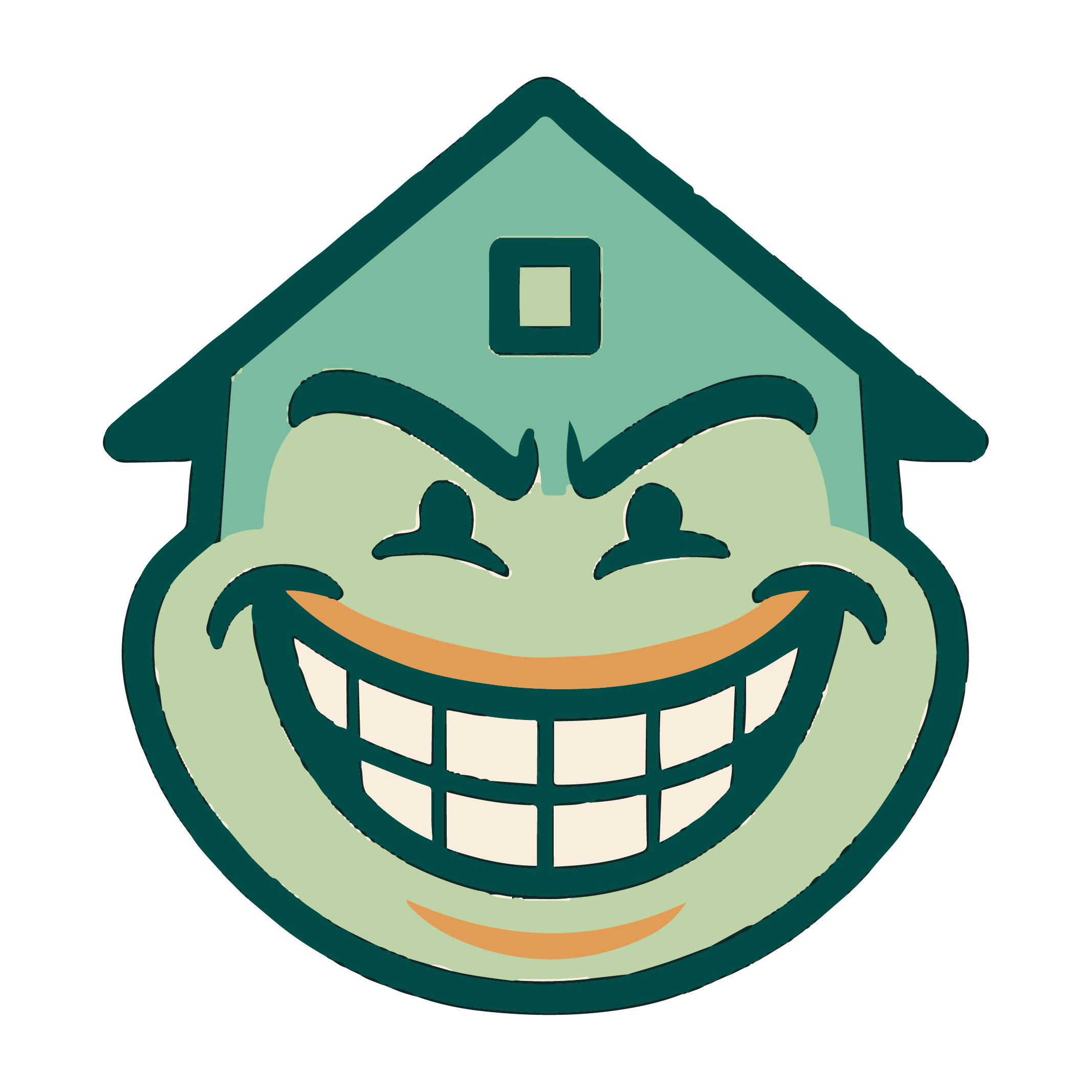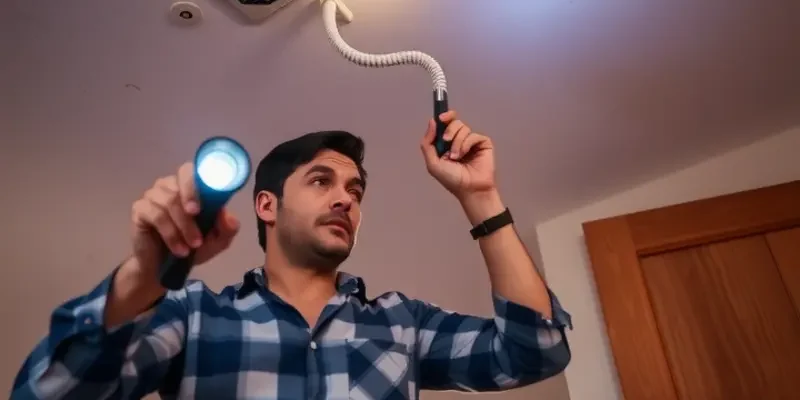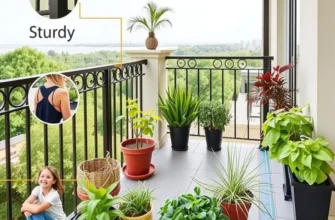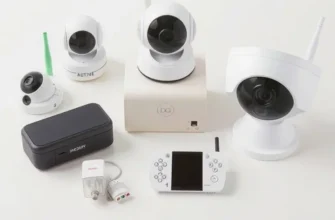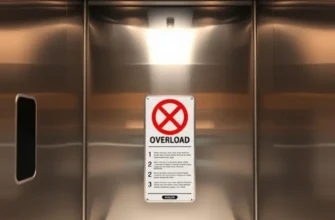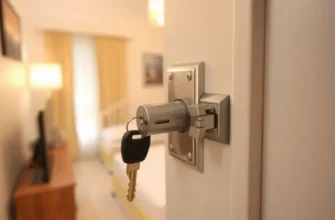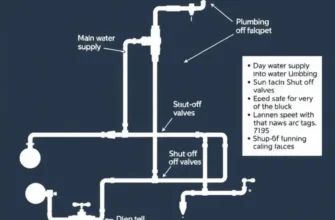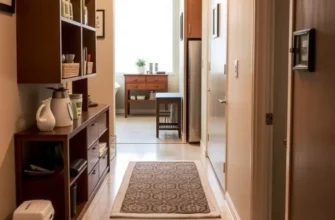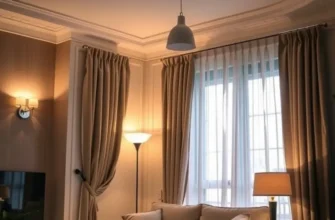Ensuring a safe living environment is vital for every renter. While apartment ceilings often go unnoticed, they play a crucial role in your overall safety and comfort. From discerning signs of wear and tear to knowing how to handle potential hazards, a well-maintained ceiling not only secures your belongings but also fosters peace of mind. Knowing how to manage overhead dangers, such as leaks, cracks, and hazardous materials, is key to creating a secure home that radiates safety. Through manageable safety practices, renters can upgrade their awareness and upkeep of apartment ceilings, ensuring a cozy and protected living space. Let’s explore effective strategies and handy maintenance tips to help you stay safe and worry-free in your rental apartment. Understanding the unique challenges of apartment living, you can implement practical measures that contribute to both your well-being and the long-term health of your home.
Understanding Ceiling Safety Concerns
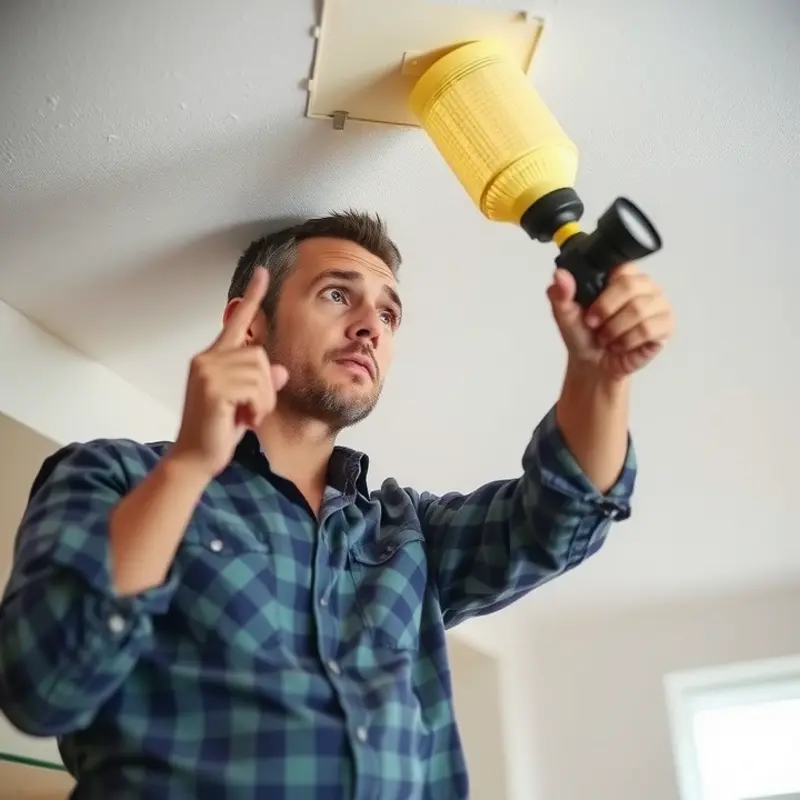
Ceiling safety in apartment living can often be overlooked, yet it is a crucial aspect of maintaining a safe and secure home environment. For renters, understanding common ceiling safety concerns is key to avoiding potential hazards.
First, water leaks present one of the most frequent ceiling issues. Leaks can occur due to plumbing failures or weather-related damages, especially in top-floor apartments. A discolored patch or a bubbling ceiling surface can be an early sign of water damage. Left unaddressed, leaks can lead to mold growth and structural damage, which could compromise the integrity of the ceiling.
Improper electrical wiring poses another significant risk. Old or poorly installed wiring within or near the ceiling can result in electrical shorts or fires. Look out for any burning smells or unusual buzzing sounds emanating from ceiling fixtures, as these can signal electrical issues. If you detect these signs, it’s critical to contact your landlord immediately.
Structural weaknesses, often due to construction flaws or aging materials, may lead to ceiling collapses—a nightmare scenario for any renter. Subtle cracks running across your ceiling or the corners where it meets the walls can be indicators of such weaknesses. While hairline cracks might not be cause for alarm, any worsening or widening should prompt swift action.
To ensure the safety of your apartment ceiling, regular inspections are invaluable. During routine household maintenance, visually inspect your ceiling for any signs of leaking, cracking, or electrical issues. Observing changes over time can help in diagnosing potential problems early.
Communication with your landlord is essential. Notifying them about any concerns promptly can lead to quicker resolutions, sparing you potential costs and discomfort later on. Familiarize yourself with your lease agreement concerning maintenance responsibilities and ensure you’re contacting the right person for specific types of repairs.
For a more comprehensive approach to apartment safety, consider exploring renter-friendly safety resources that delve into various aspects beyond just ceiling concerns.
By being proactive and attentive, renters can significantly reduce the hazards associated with ceiling safety in their apartments. Ensuring a secure living space is not just the landlord’s responsibility but also a crucial part of being a conscientious tenant.
Maintaining Ceiling Safety: Practical Tips
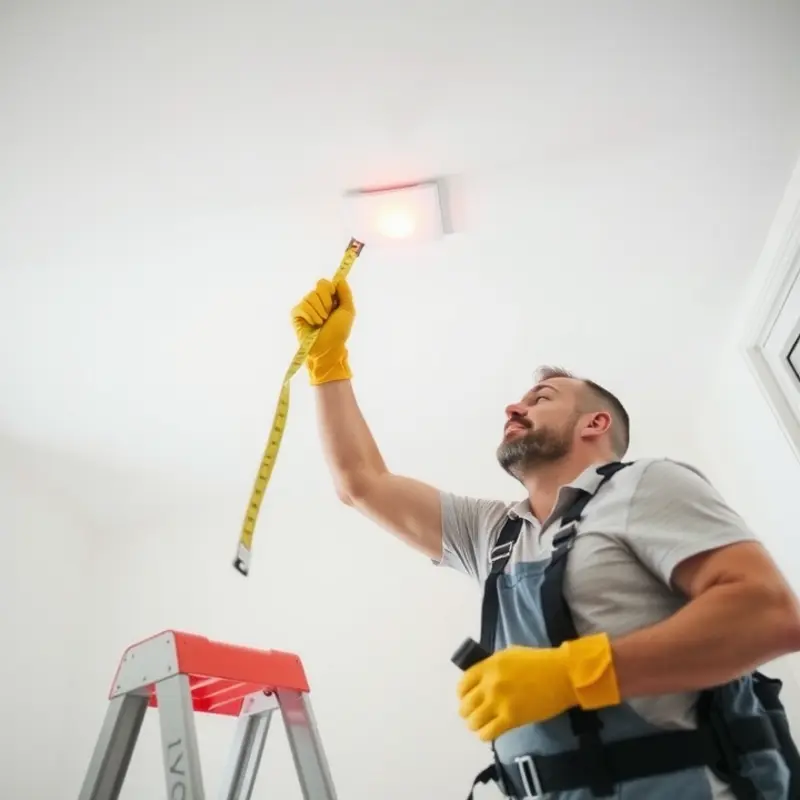
Ensuring the safety of your apartment ceiling requires proactive attention to maintenance details. Here are some practical tips designed to keep your ceilings structurally sound and free from potential hazards.
First, regular inspections are crucial. Start by visually examining your ceilings for any cracks, discolorations, or sagging areas. Use a flashlight to illuminate hard-to-see spots and check especially around any fixtures like lights or ceiling fans. If you notice anything unusual, document your findings with clear photographs and notes.
For cleaning, use gentle techniques. Avoid using abrasive materials or harsh chemicals, which can damage the ceiling surface or its paint. Instead, opt for a soft, damp cloth or a vacuum cleaner with a brush attachment. This minimizes the risk of scratching or stripping away paint, which is a common cause of deteriorating ceilings.
Furthermore, watch for signs of moisture. Moisture can lead to mold growth and structural issues over time. Pay particular attention to ceilings in bathrooms and kitchens, where humidity levels are typically higher. Consider installing a dehumidifier if moisture becomes a recurrent problem or using exhaust fans more diligently. An article on apartment-friendly DIY cleaning products can provide you with methods to address moisture without harsh chemicals.
One important tip is to keep ceiling decorations lightweight. Avoid using adhesive hooks that can fail under the weight of decor. Instead, choose alternatives like lightweight, fabric-based hangings or removable adhesive strips designed explicitly for ceilings.
Communication with your landlord is pivotal for ongoing safety. If you detect issues that require professional evaluation or repair, contact them promptly. When addressing these matters, be clear and specific. Present your observations, such as any noted signs of deterioration, and suggest a time for further inspection by building maintenance staff.
Know the lines of communication specified in your lease agreement for reporting maintenance concerns. Having a written record of emails or requests can also help facilitate quicker responses and ensure that safety issues are prioritized.
By regularly inspecting and maintaining your apartment ceiling, addressing moisture concerns, and keeping communications open with your landlord, you contribute to creating a safer living environment. Practical upkeep paired with effective landlord interactions can significantly reduce the risk of ceiling-related issues. Stay vigilant and proactive to enjoy peace of mind under your secure, well-maintained ceiling.
Final words
Prioritizing ceiling safety is crucial for every renter, as it significantly contributes to a secure and comfortable living environment. By understanding common safety concerns and implementing effective maintenance strategies, you can foster an atmosphere of safety not only for yourself but for others who share your space. Regular inspections, proactive communication with your landlord, and simple maintenance practices can make a big difference in your overall home safety. Remember to stay vigilant and attentive to your surroundings. A safe apartment isn’t just about protecting the things you own—it’s about creating a place where you can truly feel at home.
